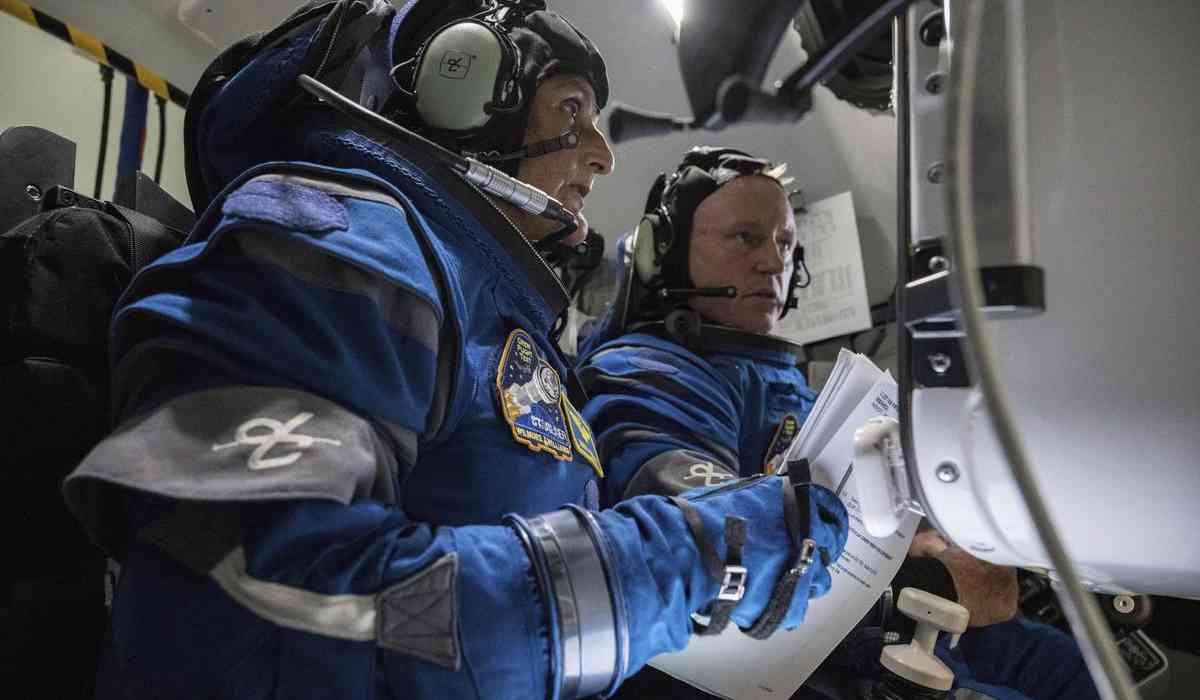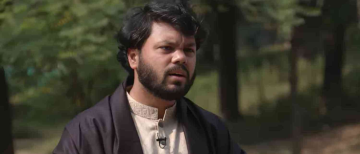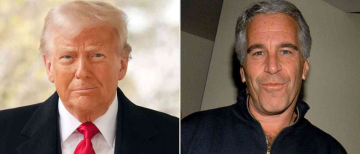A multidrug resistant bacterium, Enterobacter bugandensis, also known as ‘superbug’ has been detected by the scientists in the International Space Station, which can be a potential health threat for NASA’s astronauts Sunita Williams, her colleague Barry Eugene "Butch" Wilmore and crew, who are currently aboard the ISS.
What is this Superbug?
This bacterium is known for its pathogenic traits and resistance to multiple drugs and usually infects the respiratory system.
These are not extra-terrestrial life but bugs that have travelled as hidden co-passengers when the astronauts went to work at the ISS.
The bacteria were discovered through research funded by an Ames Space Biology grant and led by Dr. Kasthuri Venkateswaran of NASA’s Jet Propulsion Laboratory. The study revealed thirteen strains of Enterobacter bugandensis isolated from the ISS.
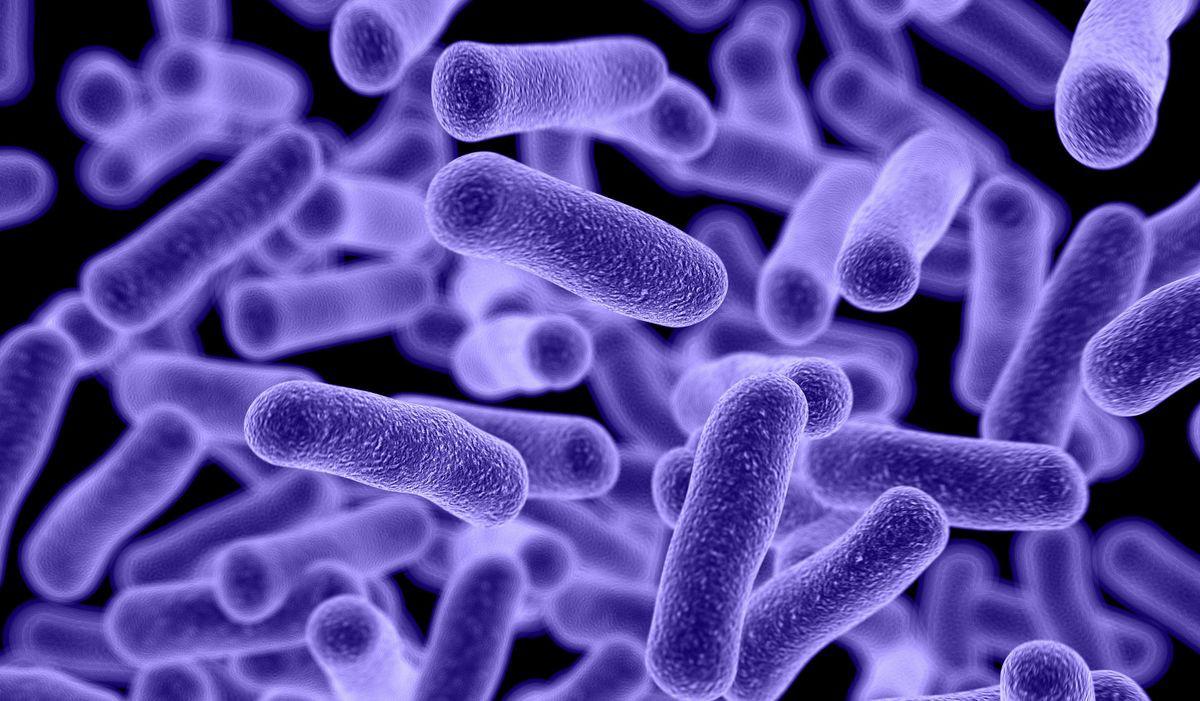
(Representative Image)
The bacterium is ‘highly mutable’, as they have shown a troubling tendency to mutate. Moreover, Findings from the study indicated that under stress, the ISS-isolated strains were mutated and “became genetically and functionally distinct compared to their Earth counterparts.” This indicates how they have adapted to the unique conditions of space.
It has evolved within the closed environment of the ISS, and has become more potent in the closed vicinity of the ISS, even when ISS had an extreme environment characterised by microgravity, elevated carbon dioxide levels, and increased radiation. Such conditions challenge human physiology and microbial dynamics alike.
The strains were able to viably persist in the ISS over time with a significant abundance. E. bugandensis co-existed with multiple other microorganisms, and in some cases could have helped those organisms survive.
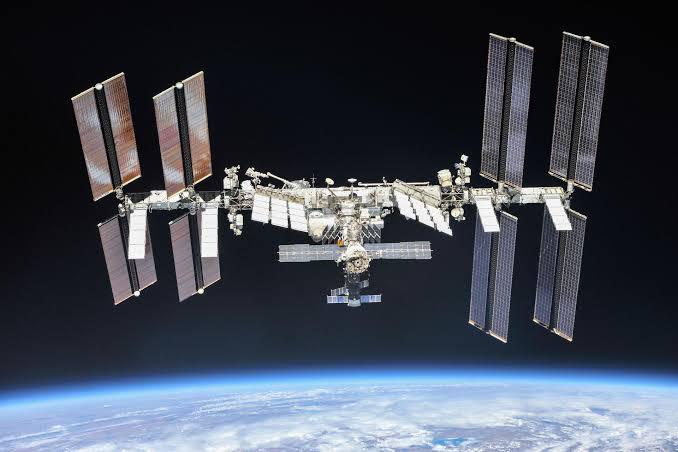
Ongoing Research on these bacteriums
The researchers of the Indian Institute of Technology (IIT) Madras and NASA’s Jet Propulsion Laboratory (JPL) are studying multi-drug resistant pathogens on the ISS. The study focused on the bacterial species Enterobacter bugandensis isolated from the ISS.
“Our comprehensive analysis illuminated not only the ways these interactions sculpt microbial diversity but also the factors that might contribute to the potential dominance and succession of E bugandensis within the ISS environment,” researchers said in the paper published in the scientific journal Microbiome.
It stated that the implications of these findings are twofold
-
They shed light on microbial behaviour, adaptation, and evolution in extreme, isolated environments.
-
They "underscore the need for robust preventive measures, ensuring the health and safety of astronauts by mitigating risks associated with potential pathogenic threats.”
Potential Health Risks?
Astronauts aboard the ISS, including Sunita Williams and her colleague Barry Eugene "Butch" Wilmore, who recently reached the ISS on board the new Boeing Starliner spacecraft, now face unique health challenges due to altered immune conditions and limited access to traditional medical facilities.
Dr. Kasthuri Venkateswaran emphasized the broader implications of the research, noting that understanding microbial behavior in extreme environments can lead to the development of novel countermeasure strategies. These strategies are crucial for protecting astronaut health by eradicating opportunistic pathogens and ensuring a safe living environment in space.
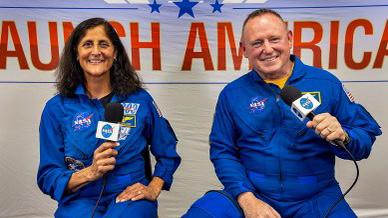
NASA has acknowledged that closed human-built environments like the ISS are unique in their susceptibility to microbial adaptation. By delving into microbial dynamics in such extreme environments, this research paves the way for effective preventative measures, ensuring astronaut health and safety during extended missions.
Sunita Willimas and Barry Eugene "Butch" are likely to spend over a week in the low earth orbiting laboratory before returning to Earth after having tested the new spacecraft she helped design.
The seven other crew members have been living on the ISS for a longer period. Usually, the worry at the ISS is from flying space debris and micrometeorites but bugs that have been carried as co-travellers and now evolved over the last 24 years of continuous inhabitation of the space station are a big new worry.
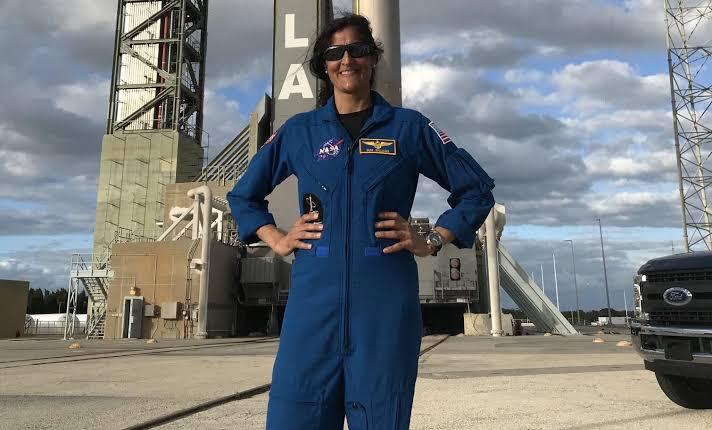
Conclusion
The presence of these evolved superbugs raises concerns about the potential for respiratory infections and other health issues among crew members. The discovery of Enterobacter bugandensis highlights the importance of understanding the microbial landscape aboard the ISS to mitigate risks associated with pathogenic threats.
(Inputs From agencies)
Photo: Multiple Sources
Ⓒ Copyright 2024. All Rights Reserved Powered by Vygr Media.

